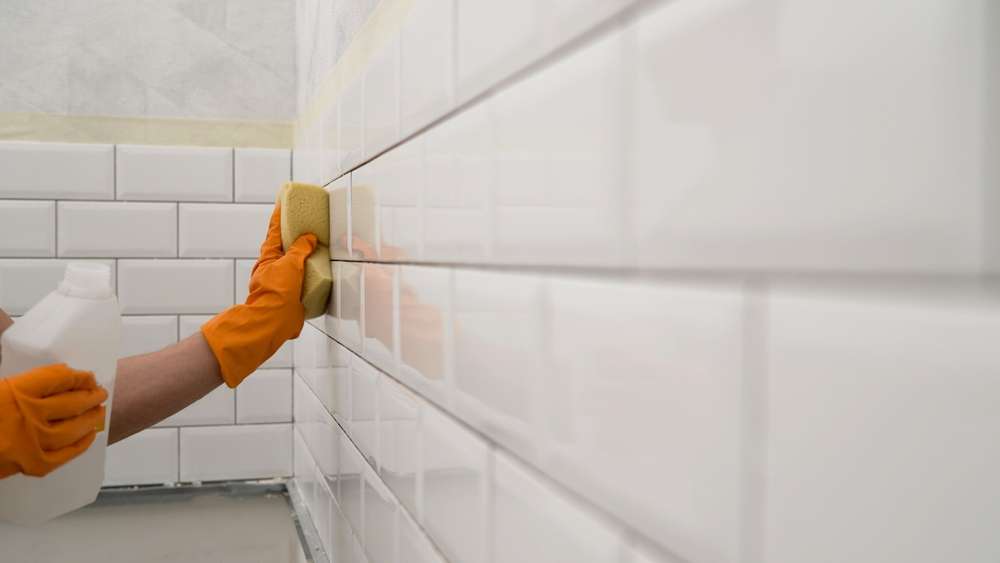PVC Panels for Walls and Interior Spaces
PVC panels are a lightweight, water-resistant wall covering used in many interior settings. Made from polyvinyl chloride, they come in sheets or tongue-and-groove boards and are often chosen for rooms where moisture, frequent cleaning, or quick installation matter. This article explains how PVC panels perform on walls, their suitability for different rooms such as bathrooms and kitchens, installation and maintenance in the home, and practical considerations for interior use.

How do PVC panels work on walls?
PVC panels attach directly to wall studs, battens, or existing smooth surfaces using adhesive, screws, or clip systems. Their interlocking edges create a continuous surface that resists moisture penetration better than many painted finishes. Because PVC is a plastic material it is lightweight and dimensionally stable, reducing the risk of cracking or flaking like plaster. Panels also hide minor surface irregularities and can be cut on-site with common tools. Proper substrate preparation and correct fastening are important to avoid buckling or warping over time.
Are PVC panels suitable for interior spaces?
PVC panels are widely used for a range of interior spaces where durability and hygiene are priorities. They are non-porous, so they resist staining and mildew better than porous materials, making them a practical choice for areas that need frequent cleaning. Their range of surface finishes—matte, gloss, woodgrain, or patterned—allows design flexibility without extensive finishing work. However, PVC can have a plastic appearance if not selected carefully for high-end interiors, and it may not meet fire-rating or environmental preferences in all projects, so check specifications for interior compliance.
What makes PVC panels good for bathrooms?
Bathrooms benefit from PVC panels because of their water resistance and ease of maintenance. Panels prevent water from soaking into walls, reducing the risk of mold behind the finish when installed correctly with sealed joints and appropriate trim. They are often used around showers, bathtubs, and wet zones where tile grout would otherwise require frequent cleaning and resealing. Choose panels rated for wet areas and use compatible silicone seals at corners and joins. Ventilation is still essential; while PVC limits water absorption, it does not replace the need for adequate airflow to control humidity.
Can PVC panels be used in the kitchen?
PVC panels can work well on kitchen walls and splashbacks because they are wipeable and resist cooking splatters and grease to a degree. For areas behind stoves or where direct heat exposure is expected, select panels tested for higher heat resistance and avoid placing them right against high-temperature surfaces. Panels replace tiles in some kitchens for a grout-free finish, making cleaning simpler. Consider the aesthetics—choose a finish that complements cabinetry and countertops—and ensure that seams and edges are properly sealed to prevent grease buildup and moisture ingress.
Installation and maintenance in your home
Installation typically involves measuring and preparing the wall, securing battens if needed, and fixing PVC panels with adhesives, screws, or clips. Trim pieces and corner profiles create a completed look and protect edges. For maintenance, regular cleaning with mild detergent and a soft cloth avoids abrasive damage; avoid solvents that may soften or discolor the material. Inspect seals and joints periodically and replace silicone where it degrades. While many homeowners install PVC panels as a DIY project, larger or more complex areas—especially wet zones—may benefit from professional installation to ensure waterproof detailing and neat finishes.
Conclusion
PVC panels offer a pragmatic wall and interior solution where moisture resistance, easy cleaning, and rapid installation are priorities. They are particularly suited to bathrooms and many kitchen applications when selected for the environment and installed with sealed joints and proper ventilation. Consider the panel’s fire rating, environmental preferences, and aesthetic fit for your home before choosing PVC, and follow manufacturer guidance for substrate preparation, fastening, and maintenance to achieve a durable, low-maintenance interior finish.






